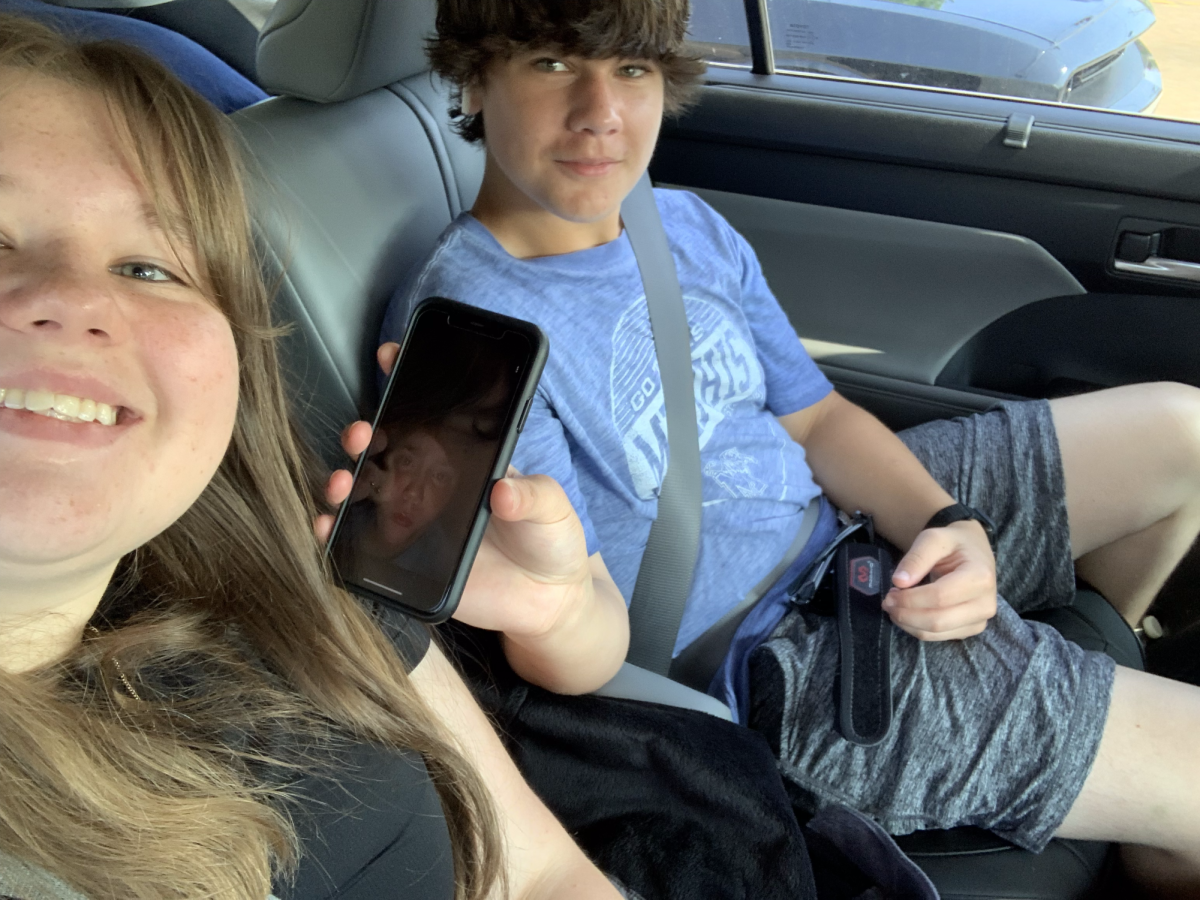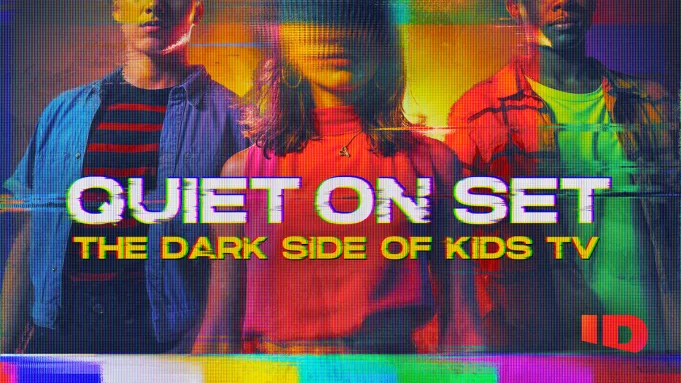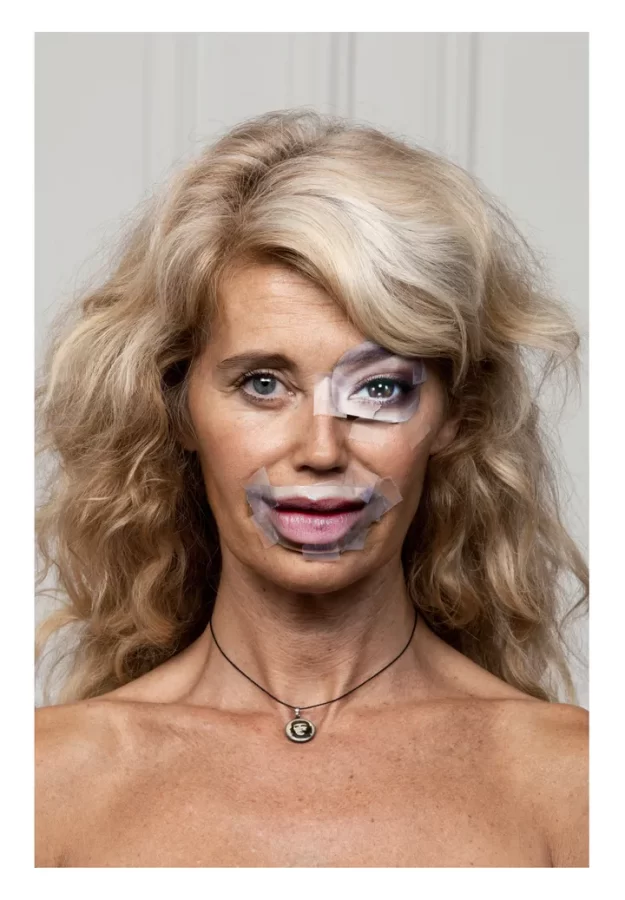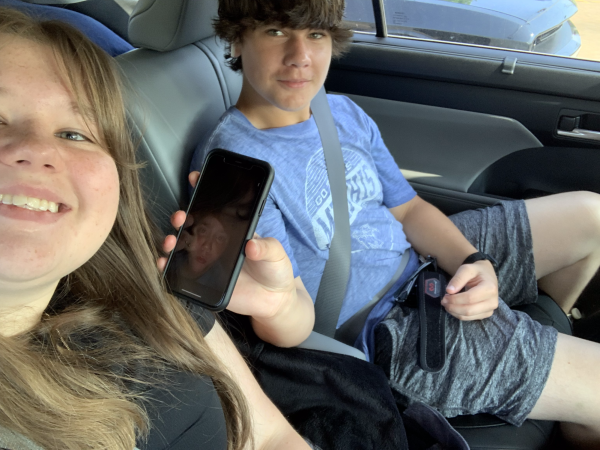The ‘beauty filter’ epidemic
BRUNO METRA // HUFFINGTON POST
The increasing usage of “beauty” filters has contributed to a culture of body image issues that have evolved into issues such as body dysmorphia. With this disorder, a domineering obsession with one’s appearance forms despite having a skewed view of themself.
Due to the personal nature of this subject, sources opted to remain anonymous and will be referred to as Source A, B, C, and D.
As facial recognition software continues to evolve, so do the basic appearance altering features that are available to the public. The most accessible of these, and perhaps the most notable, are the fun, flashy filters that dominate most social media. However, it has been made increasingly apparent that these photo effects can prove to be harmful, adversely impacting younger users specifically.
“There are a lot of ‘beauty filters’ that change how you look,” Source A said. “They make you look skinnier or lighter, and set an unrealistic standard of beauty. That standard is constantly changing as trends pass and encourages people to constantly be chasing that high standard.”
These days, it is rare to find someone who is disconnected from today’s chronically online society. Major social media sites boast billions of users, many of them being teenagers. While being a part of these communities can be beneficial, mass exposure to harsh criticism and impossible beauty standards can often harm young, developing minds. Ever-changing trends perpetuate insecurity and urges to change one’s appearance. This detrimental mindset can be the start of a condition called body dysmorphia.
“Body dysmorphia causes people to not know what they truly look like,” Source B said. “Everyone’s experience is different. There’s an obsessiveness to it that can affect people’s days for the worse, like when I see myself and that does not agree with what I think I look like.”
When a filter meant to change eye color also raises cheekbones and plumps lips, it can warp self-perception and highlight “flaws” that were not initially a problem. This contortion contributes to body dysmorphia as it can cause a hyperfixation on or aversion to one’s appearance that can consume one’s well-being. Teenagers are especially susceptible to this disorder, as puberty calls attention to developing bodies and external opinions become more influential.
“For a while, I didn’t really know how I looked,” Source C said. “I knew the general perception of me, but filters heavily altered that. Sometimes I feel like the me without the filter isn’t me.”
Many negative physical and mental behaviors may stem from body dysmorphia. The most pertinent of these is body checking. It is not defined by one occasional look in the mirror, but is instead an obsessive, constant urge to check. Without this confirmation, insecurity can plague minds and be a source of stress until it is accessible again.
“[Body checking] creates an obsession with looking in the mirror.” Source B said. “People stand in front of mirrors to seek out every single flaw, no matter how negligible they may be. It can also be avoiding mirrors and reflections out of being afraid to look at yourself.”
Due to body checking, use of filters and shifting beauty standards, people begin to create an idealized version of themselves. In pursuit of perfection, eating disorders are now a common problem many teenagers face. Whether it be purging, not eating at all, or binge-eating, eating too much, these unhealthy behaviors are far too common. These disorders are very competitive, thus exposure to the fluctuating body checking trends online enable them.
“Eating disorders are the way some people cope with body dysmorphia,” Source C said. “If I don’t eat, I feel better about myself. I know I need to, but at the same time it does not make me happy. It’s almost like a punishment.”
While individuals struggling with body dysmorphia all share a similar physical experience, the mental experience can differ from person to person. It is a problem that even reaches into gender dysphoria, mostly affecting some non-binary and transgender people. It stems from the desire to be of another gender and creates a conflict with certain parts of physical appearances. Source D, who is nonbinary, struggles with these daily as they decide how to present themself.
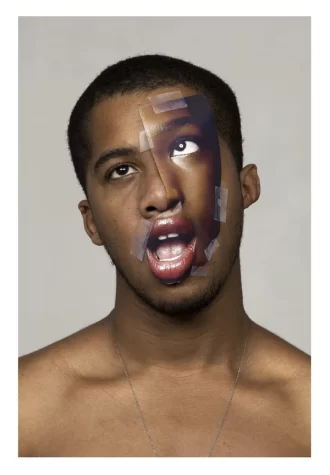
“Sometimes I wake up and feel a certain energy, and if I can’t find a way to express that, my body dysmorphia and gender dysphoria are triggered.” Source D said. “It ultimately impacts how you present yourself to the world and how you want to be perceived, and those two clash in your mind.”
Those who experience body dysmorphia often feel isolated. It can be hard to talk about, especially in a culture where beauty standards are constantly being enforced. While the internet is not going away anytime soon, society can ease the problems it creates — one simple way is to be kind online and limit social media presence.
“Normalize not being okay.” Source C said. “Everybody kind of expects everyone to be the perfect person. They frown upon and stereotype people that don’t fit their image. People that aren’t happy are really suffering and are kind of outcasted if they’re open about it.”
Your donation will support the student journalists of White Station High School. Your contribution will allow us to purchase equipment and cover our annual website hosting costs.



